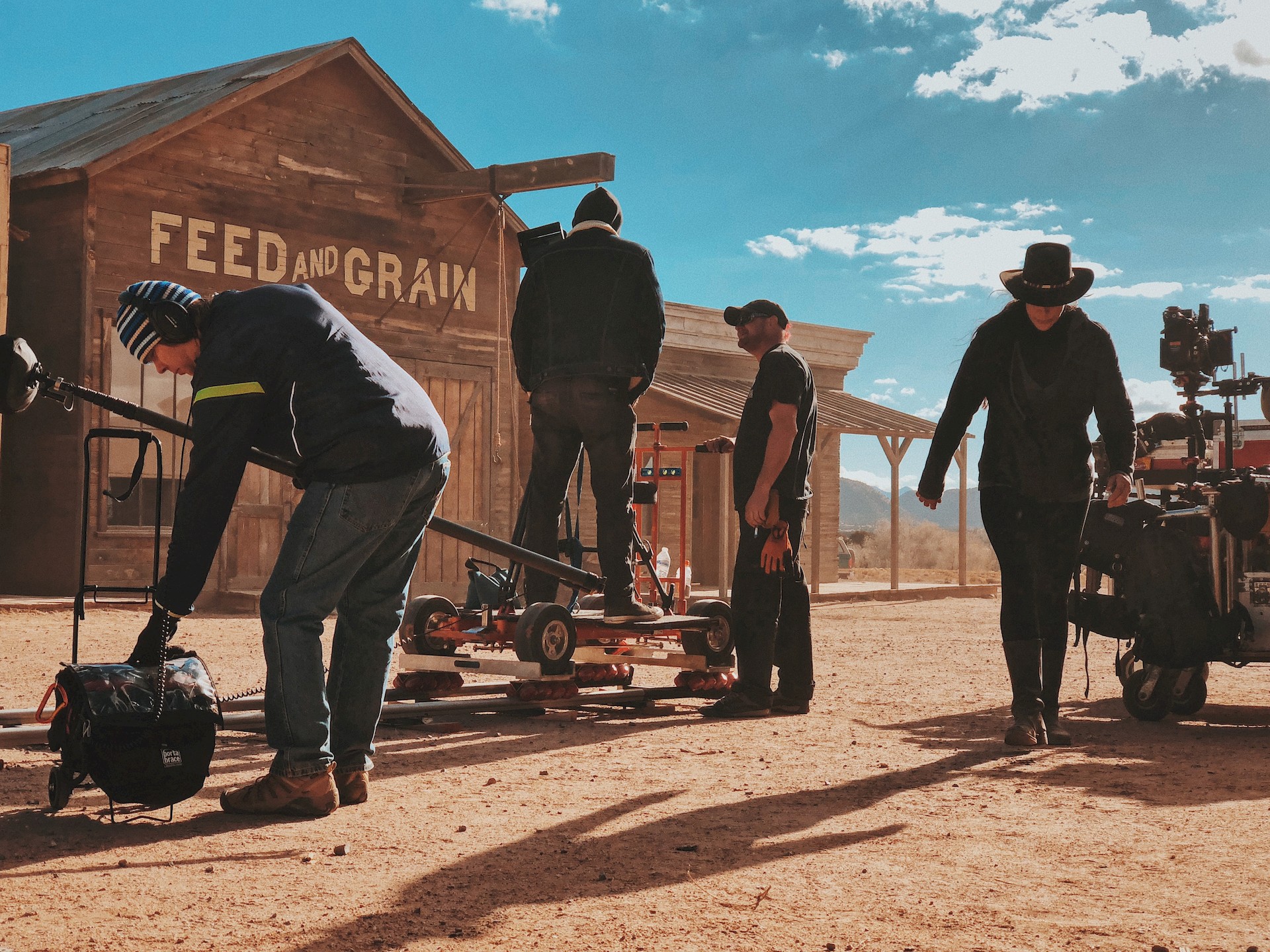Runway ML, a leading AI video creation platform, has joined forces with Getty Images, the world’s premier visual content provider, to develop innovative AI video models tailored for the entertainment and advertising industries.
The craze for AI-generated visuals that started in early 2022 has taken on a whole new dimension as we enter the last month of 2023. While models such as Midjourney, DALL-E 3, and Stable Diffusion are leading this transformation, many AI companies have now realized the potential of this technology and sector and are striving to advance further in the field with new ideas and investments.
The collaboration of Runway ML and Getty Images aims to develop cutting-edge AI video models that will empower Hollywood studios, advertising agencies, and media companies to produce high-quality, captivating video content at an unprecedented scale.

Get to know Runway ML’s Getty Images AI model
The centerpiece of this collaboration is the Runway <> Getty Images Model (RGM), a baseline model that serves as the foundation for enterprise customers to build their own custom models for video generation. This model, powered by Runway AI’s technology and trained on Getty Images’ extensive dataset of licensed content, will provide a unique opportunity for companies to create videos that are not only visually stunning but also adhere to copyright guidelines.
With the RGM, enterprise customers will have the flexibility to fine-tune the model using their own proprietary datasets, allowing them to tailor the generated videos to their specific needs and brand identities. This level of customization will enable companies to create truly unique and engaging video content that resonates with their target audiences.
The implications of this partnership extend far beyond Hollywood and advertising. Companies in various industries, including media, broadcasting, and education, can leverage the power of AI video creation to enhance their creative capabilities, streamline content production workflows, and deliver personalized experiences to their customers.
Runway CEO and co-founder, Cristóbal Valenzuela explains:
“Runway’s collaboration with Getty Images takes our mission to empower creators with a new generation of AI tools to a new level of creative control and customization. This will unlock new commercial uses and new video products for companies, and we’re looking forward to seeing the outputs”.
– Cristóbal Valenzuela

All good, except for two major problems
Yes, this collaboration is really exciting but it has two big main problems: Not being able to appeal to a wide audience and using Art and AI in the same sentence.
The success of OpenAI’s ChatGPT, which offers an LLM model as a chatbot to users for free, lies behind the fact that, well it is a free tool. The chatbot, which was incredibly well received by the community, reached millions of users in a very short time, and even crashed many times because OpenAI’s servers could not handle the intensity. OpenAI has solved all these problems for now by investing more and launching a paid subscription service as a solution.
Let’s talk about Runway ML’s approach. As mentioned in the blog post, enterprise businesses will be the target audience of this model, so standard users may have to pay a not insignificant amount of money to use this model. Of course, this is just a hypothetical and they could offer us a smaller scale model, but if your goal is to use it for Hollywood productions, and the reason for their collaboration with Getty Images is to use licensed images, this service might cost a fortune.
Comparing the two approaches, it’s safe to conclude that access to a much more limited audience would undermine Runway <> Getty Images Model’s popularity.
Let’s come to our second problem, which is that AI and art are polar opposites. There are many artists and users who support the organic nature of the entertainment industry. We all love the bloopers and what artists are bringing to Hollywood in an off-script way. We’ve seen a lot of artist strikes before and we’ve seen people on social media criticizing companies and producers for using AI technologies in the visual arts. The message is clear; a lot of people don’t want AI in entertainment.

Think of the future in Blade Runner 2049. In the future of the film, a distorted symbiosis of human character and technology is formed. If we draw a parallel between the use of artificial intelligence technologies in the entertainment industry and what happens to the main character of the film, a very straight line may emerge over time in the real world.
The regulation of AI has been under discussion for a long time and it should be precisely there to prevent the future that we fear. Art has been one of the most important building blocks of human nature for thousands of years and should not be numbed. Yes, Runway’s collaboration will lower the production cost of film and offer an alternative to the billions of dollars spent on this industry, but won’t it also make us think less? Let’s leave it to time and see.
Featured image credit: Jake Blucker/Unsplash.





